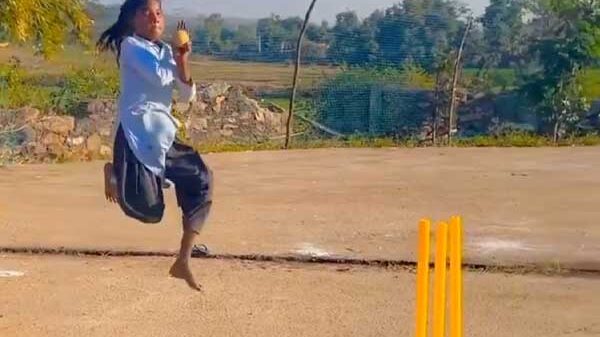According to researchers, the increase in cases worldwide indicates that JN.1, an Omicron sub-lineage, may be able to outcompete other variants because of its strong immunological escape potential. Because of this, the WHO has designated JN.1 as a “variant of interest” (VOI), different from the parent lineage BA.2.86, due to its quickly spreading nature. It is the variation that is growing the quickest in the US, according to the Centers for Disease Control (CDC). There is no reason to fear, but people are questioning if the Covid-19 sub-variant, which has previously been linked to 21 instances in India, is spreading quickly.
Extended duration of infection, immunological evasion, and elevated transmission.
The growth advantage, according to Dr. Rajesh Karyakarte, the Maharashtra genome sequencing coordinator, is exponential. He cites WHO data demonstrating how JN.1 quickly rose from 3.3% of all coronavirus cases between October 30 and November 5 to 27% a month later. “This represents an 86 percent growth advantage,” Dr. Karyakarte claims, explaining that the longer infectious time, enhanced transmission, and immune evasion were the causes.
According to the CDC, this shows that it is communicable and is becoming more adept at evading the body’s immune defense system than the ancestral strain. However, since hospital admission rates are low, the surge in transmission does not necessarily indicate a serious illness. Experts add that there is little chance of infection, therefore those who have already been vaccinated or have had a prior infection shouldn’t be concerned.
Increased transmission as a result of extra mutations in the spike protein According to genome experts Vinod Scaria and Bani Jolly, the SARS-CoV-2 virus is always changing and branching out into new lineages. Every infection gives the virus the chance to develop further, and JN.1, an Omicron sub-lineage, is distinguished by the presence of an extra spike protein mutation, L455S. They claim that because of its strong immunological escape characteristic, JN.1 could outcompete other variations.
According to a recent study published in the Lancet, JN.1 can elude the immune system more quickly than its father BA.2.86 due to this one mutation alone.
Should we be concerned?
Expert in infectious diseases Dr. Ameet Dravid thinks that the virus will continue to mutate in order to grow more potent. As of right now, we are providing hospital treatment for minor upper respiratory tract infections. Because the variation is more immune evasive, there could be a surge in incidence. It is imperative that people receive vaccinations, particularly those who are only partially immunized, according to Dr. David. So far, no particularly notable symptom has been observed.
The symptoms, which included a painful or scratchy throat, exhaustion, headache, body discomfort, congestion, coughing, and fever, were similar to those of previous versions.
However, Dr. Dravid says that since instances are on the rise, mask use should be required in crowded areas. He continues, “It’s time to internalize basic respiratory etiquette, like covering your nose and mouth when you cough or sneeze.”


























